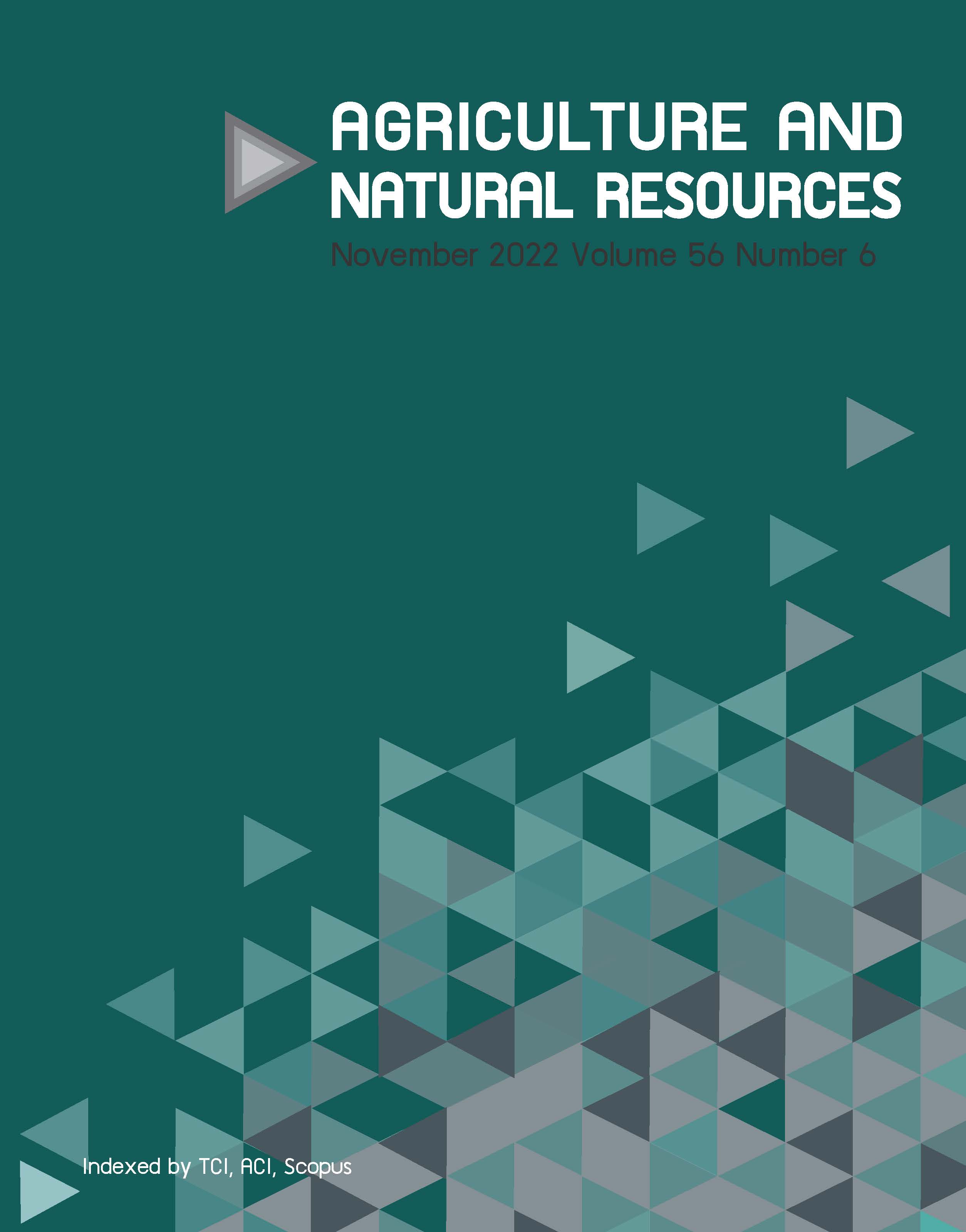Molecular systematics of notable Nymphaea cultivars in Thailand based on multiple chloroplast DNA specific sites
Keywords:
Chloroplast DNA, Molecular systematics, Nymphaea, WaterlilyAbstract
Importance of the work: The waterlily is a flowering plant in the genus Nymphaea, family Nymphaeaceae. It has an exceptionally beautiful and colorful flower. Recently, many new interspecific and intersubgeneric hybrids have been introduced; therefore, genetic information at the molecular level is needed.
Objectives: To generate DNA sequences for three plastid DNA regions (rbcL, matK and trnH-psbA intergenic spacer) of elite cultivars to support cultivar classification and identification of waterlily.
Materials & Methods: The three plastid DNA regions from 29 notable cultivars were sequenced and then the data were analyzed using the BioEdit and MEGA (version 6.0) programs. Phylogenetic trees were constructed using the maximum likelihood method.
Results: The trnH-psbA intergenic spacer region had the highest sequence polymorphism, followed by the matK and rbcL regions, respectively. A phylogenetic tree based on all three regions was consistent with the previous classification based on morphological characters. Three clearly defined clusters were identified, with Cluster I belonging to subg. Nymphaea, Cluster II belonging to subg. Lotos and Cluster III belonging to subg. Brachyceras and Anecphya. Five waterlily cultivars (N. ‘Miss Siam’, N. ‘Mangala Ubol’, N. ‘Rojjana Ubol’, N. ‘Tuonta’ and N. ‘Chongkolnee’) could be separated from other waterlily cultivars using the three gene regions combined.
Main finding: These DNA sequences markers should be useful as a tool for specific identification and for registration of future new releases of notable Nymphaea cultivars.
Downloads
Published
How to Cite
Issue
Section
License
Copyright (c) 2022 Kasetsart Universityonline 2452-316X print 2468-1458/Copyright © 2022. This is an open access article under the CC BY-NC-ND license (http://creativecommons.org/licenses/by-nc-nd/4.0/),
production and hosting by Kasetsart University of Research and Development Institute on behalf of Kasetsart University.







